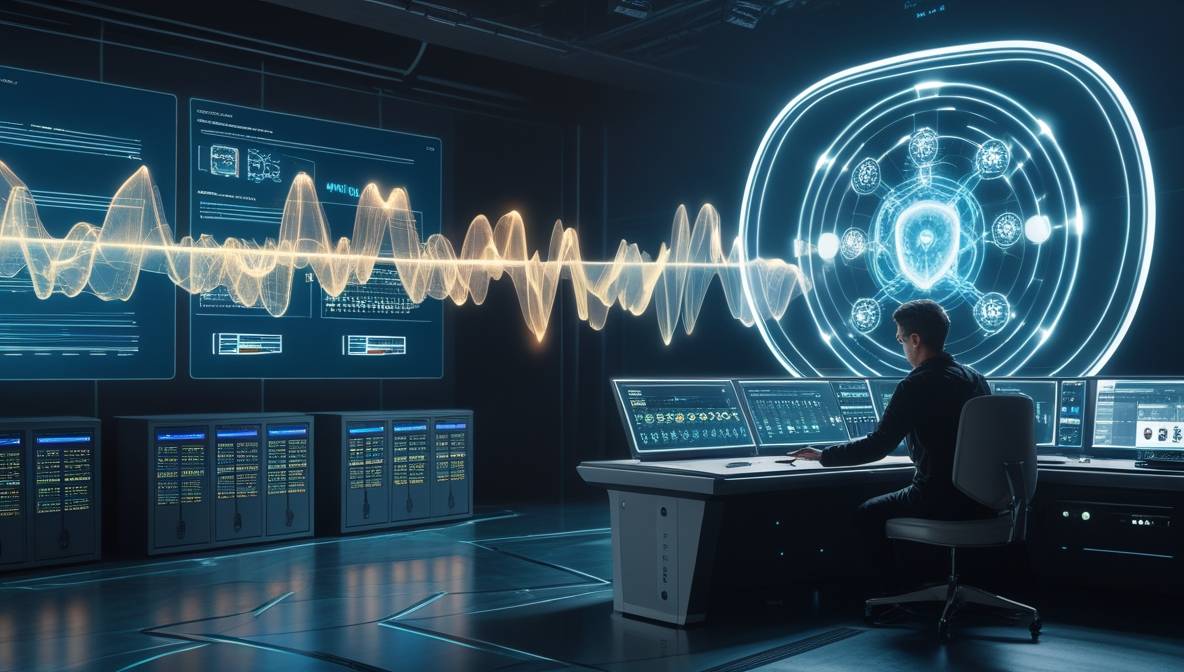DSLR cameras unlock unparalleled creative control, but mastering their settings can overwhelm beginners. This tutorial demystifies the three pillars of exposure—shutter speed, aperture, and ISO—and equips you with techniques to capture stunning images.
Understanding the Exposure Triangle
The exposure triangle—shutter speed, aperture, and ISO—determines how light interacts with your camera’s sensor. Balancing these settings ensures optimal brightness and creative effects.
1. Shutter Speed: Controlling Motion and Light
Shutter speed defines how long the camera’s shutter remains open. Measured in fractions of a second (e.g., 1/1000s to 30s), it affects motion blur and exposure.
Key Applications:
- Fast Shutter Speed (1/500s or higher): Freezes action (e.g., sports, wildlife).
- Slow Shutter Speed (1/30s or slower): Creates motion blur (e.g., waterfalls, light trails).
| Shutter Speed | Effect | Use Case |
|---|---|---|
| 1/4000s | Freezes fast motion | Racing cars |
| 1/60s | Handheld minimum | Portraits |
| 1s | Motion blur | Night photography |
Pro Tip: Use a tripod (like those recommended in our best DSLR accessories) for speeds slower than 1/60s.
2. Aperture: Depth of Field and Light
Aperture (measured in f-stops) controls the lens opening size. Lower f-numbers (e.g., f/1.8) create a shallow depth of field, while higher f-numbers (e.g., f/16) keep more in focus.
Key Applications:
- Wide Aperture (f/1.4–f/4): Isolates subjects (portraits, macro).
- Narrow Aperture (f/8–f/22): Landscapes, architecture.
| Aperture | Depth of Field | Example |
|---|---|---|
| f/2.8 | Shallow | Portrait with blurred background |
| f/8 | Moderate | Group photos |
| f/16 | Deep | Landscape with foreground detail |
Explore cinema lenses for advanced aperture control.
3. ISO: Balancing Sensitivity and Noise
ISO determines the sensor’s light sensitivity. Higher ISO (e.g., 3200) brightens images but introduces grain.
Guidelines:
- Low ISO (100–400): Sunny conditions, minimal noise.
- High ISO (1600+): Low-light environments.
| ISO Setting | Scenario | Trade-off |
|---|---|---|
| 100 | Daylight | Clean image |
| 800 | Indoors | Slight noise |
| 6400 | Night | Visible grain |
For low-light filming, check our Sony a7S III review.
Harmonizing Shutter Speed, Aperture, and ISO
Adjusting one setting requires compensating with others. For example:
- Fast shutter speed (1/1000s): Increase ISO or widen aperture.
- Narrow aperture (f/16): Use slower shutter speed or higher ISO.
Advanced DSLR Techniques
1. Manual Mode Mastery
Switch to manual mode for full creative control. Start with aperture priority (A/Av) or shutter priority (S/Tv) modes before transitioning.
2. Creative Effects
- Bokeh: Use f/2.8 or wider.
- Motion Blur: Try 1/15s with a tripod.
3. Rule of Thirds
Place subjects at grid intersections for balanced compositions. Learn more in our cinematic footage guide.
Essential DSLR Accessories
| Accessory | Purpose | Example |
|---|---|---|
| Tripod | Stability for long exposures | Check options |
| External Flash | Improve low-light performance | Videography services |
| ND Filters | Reduce light for wide apertures | Cinema camera guide |
FAQs
Q: How does aperture affect sharpness?
A: Narrow apertures (f/8–f/11) often yield the sharpest results.
Q: What’s the best ISO for night photography?
A: Start at ISO 1600 and adjust based on noise tolerance.
Q: Can I use autofocus for video?
A: Yes, but manual focus offers precision. Learn more in our movie-making guide.
Elevate your skills with our videography services or explore DSLR settings for filmmakers.



